On the Mat: Though UNESCO has declared West Bengal’s Shital Pati cane craft as intangible heritage, its practitioners struggle for survival
In 2017, Shital Pati from Cooch Behar was named an ‘Intangible Cultural Heritage’, and Ghughumari, Barokodali and Nakkati-Pushnadanga villages identified as important centres of production. However, craftspersons are unhappy due to lack of income. Now, the Government has resumed efforts to revive the craft.
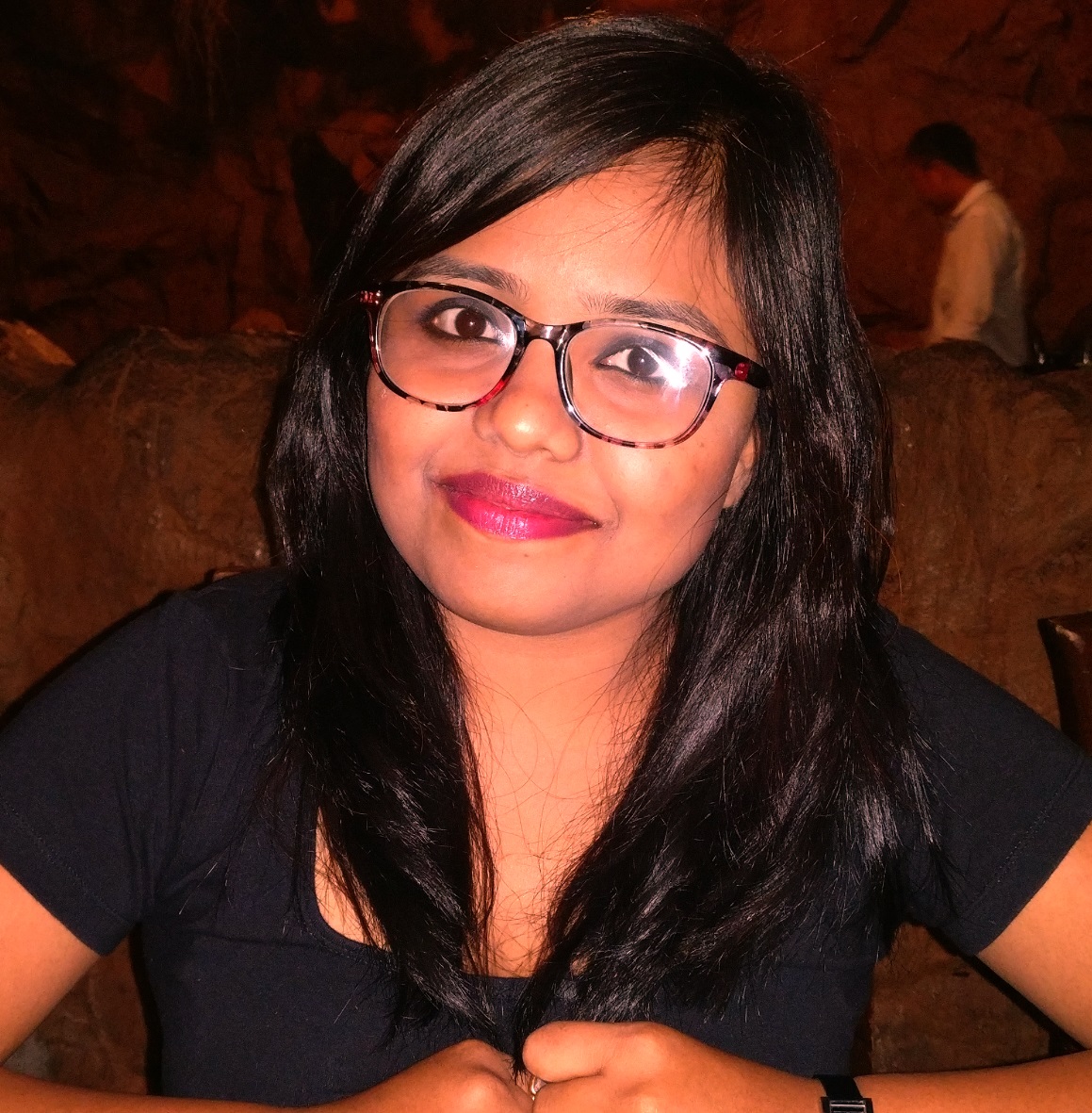

Gouri Chanda weaving a basket out of Shital Pati. Photo: Purnima Sah
Cooch Behar, West Bengal
There was a time in Bengal when Shital Pati, which loosely translates to cool mat, was ubiquitous in every household, irrespective of the financial condition. A fine, sturdy hand-crafted mat made by weaving strips of the green Murta cane, Shital Pati was the ultimate comfort. During summer, all a Bengali needed was a palm-frond hand fan and Shital Pati mat to lie down on after a sumptuous meal. In the evenings, children would pile on to the mats to hear a bedtime story. With time, like with every other tradition, this too, saw a decline.
However, in 2017, Shital Pati, which can range in price from Rs 400 to Rs 10,000 a piece depending on the intricacy, got a fresh lease of life when it found a place in the United Nations Educational, Scientific and Cultural Organisation (UNESCO)-sponsored Rural Craft Hub project. It recognised Shital Pati from Cooch Behar, about 700 kilometres from state capital Kolkata, as an ‘Intangible Cultural Heritage’. This major recognition also identified small villages such as Ghughumari, Barokodali and Nakkati-Pushnadanga as important centres of Shital Pati.
According to the District Industries Centre, Cooch Behar, there are around 40,000 weavers of Shital Pati in Ghughumari, but they desperately need help to sustain themselves while keeping alive an ancient craft.
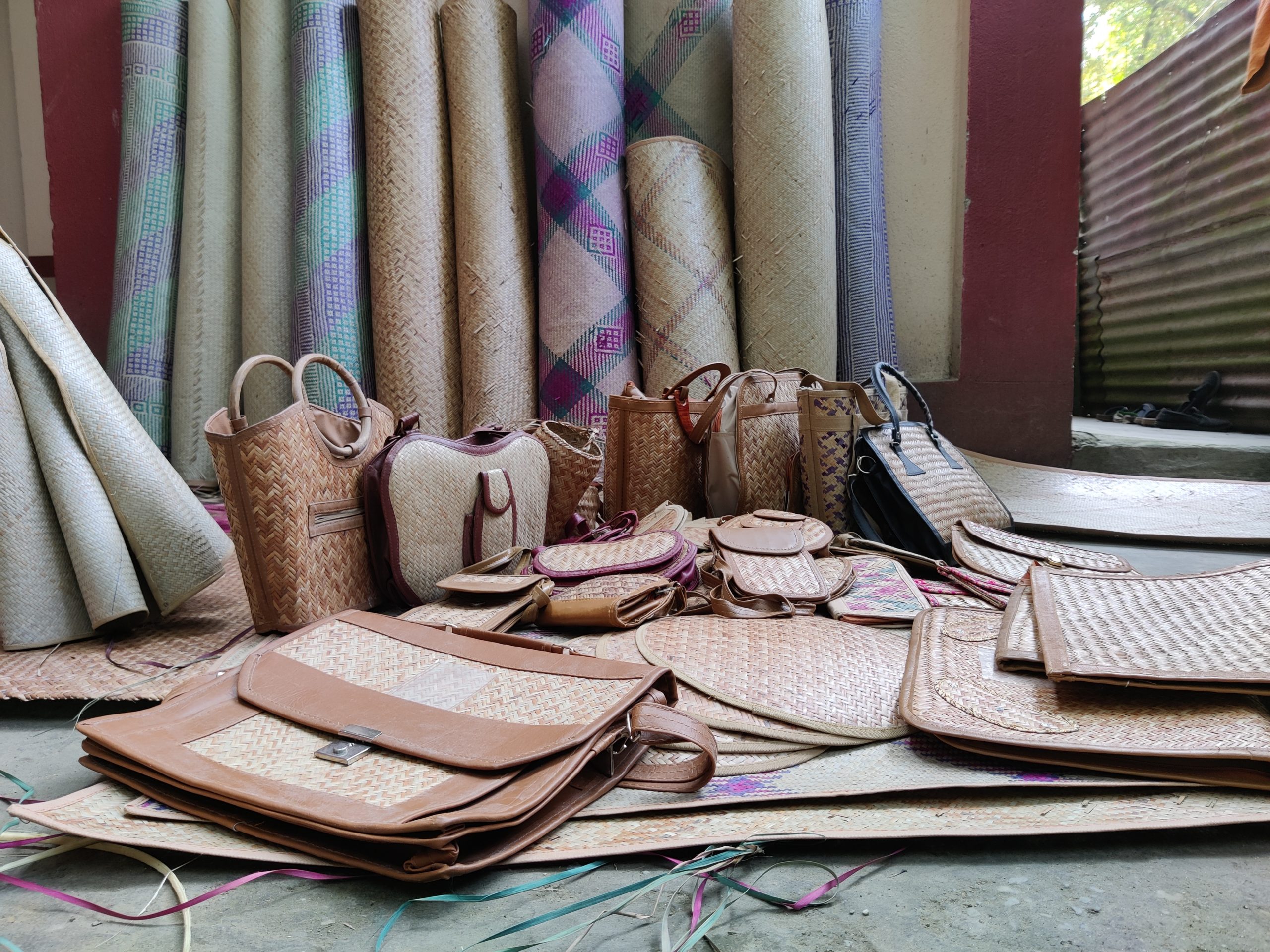
Family affair
Shital Pati involves the entire family. Men and women grow the Murta cane, collect and process it, while the women weave. Some only sell the raw material and do not weave. The livelihood of a chain of people depends on this labour-intensive craft. Murta is cultivated and harvested in the right size, before strips are peeled from the green cane, soaked in water left over from boiling rice water, and then boiled in water to turn the strips white and soft (crucial to mat weaving), before being sun-dried and woven into mats and other products.
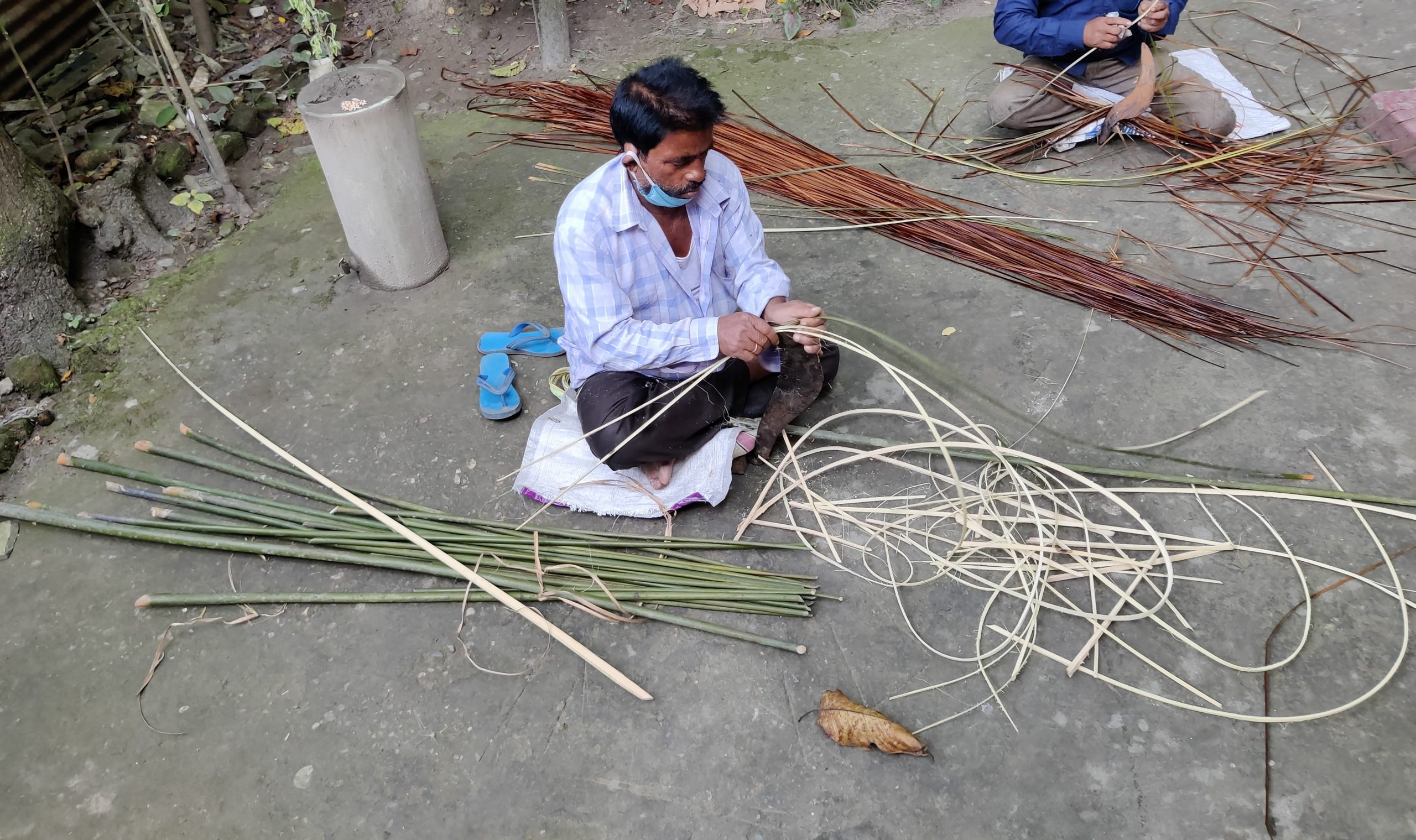
Under the UNESCO Rural Craft Hub project, training and marketing centres and museums have been set up in 10 locations across nine districts of West Bengal to promote and market indigenous crafts to domestic and international tourists. Tapas Kumar Roy, general manager, District Industries Centre (DIC) Cooch Behar, told Gaon Connection that the project has created a market complex, a museum and training facilities for Shital Pati weavers in Ghughumari village. “This project cost two crore rupees. Twice a week, a live weavers’ market is held in the complex,” Roy added.
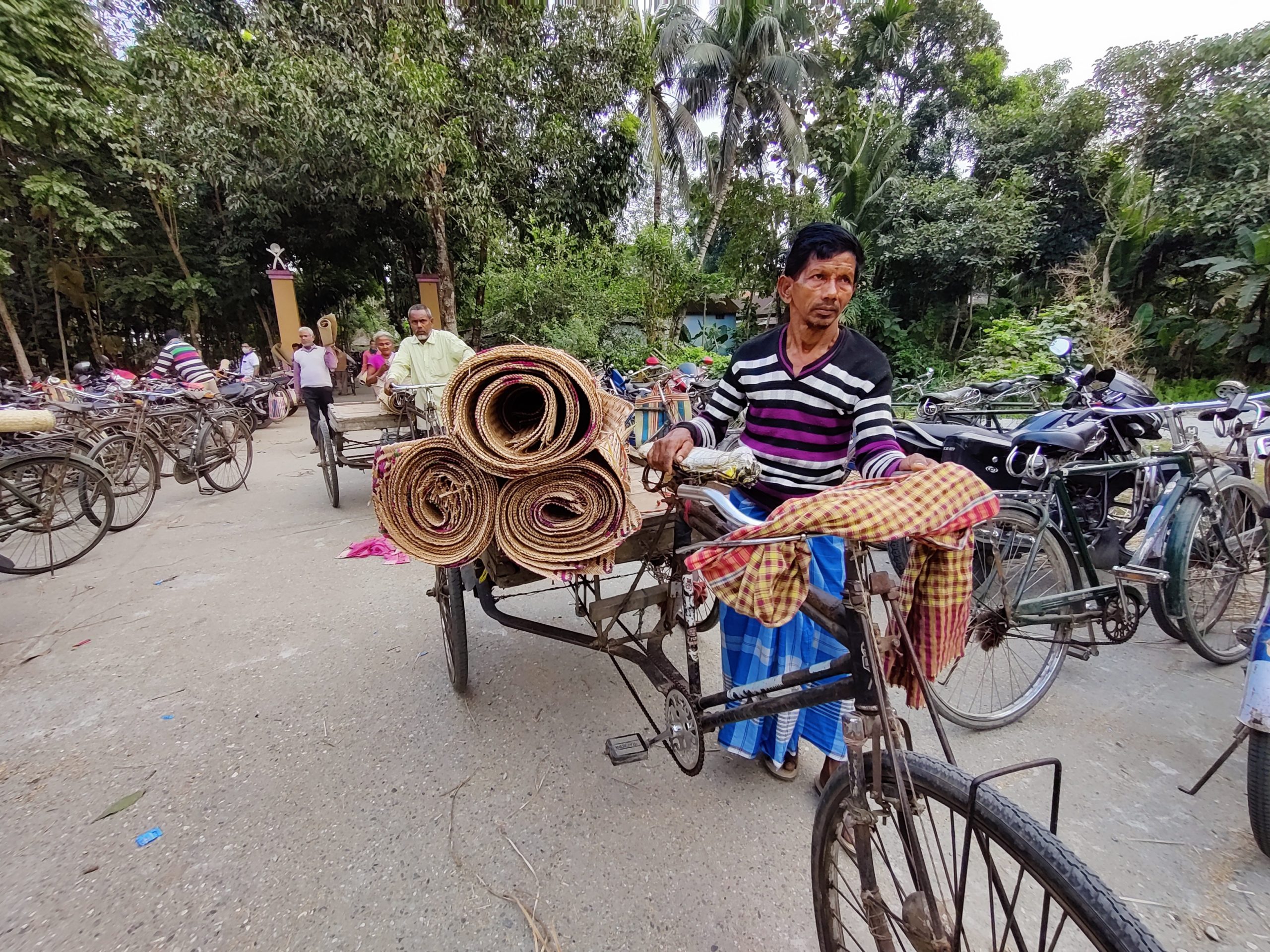
A craft that’s fraying at the edges
Hundreds of Shital Pati weavers gather every Monday and Thursday from 2.30 pm to 4.30 pm at the weavers’ market at Pati Shilpa Samabay Samity, Ghughumari, to sell their mats to merchants. In the same venue, there is a block dedicated to the museum. When Gaon Connection visited, everything except the open market complex was shut. “I don’t remember the last time I saw this so-called museum or the training centre open for the public. In fact, none of us was intimated about this museum. I have never received any help from this Samity,” 57-year-old Shital Pati weaver Sushil Rokhit told Gaon Connection.
This is a problem many Shital Pati weavers face. Chitaranjan Dey, who is 61 years old, has come to the market from West Dhaluabari, about 25 km from Ghughumari, to sell mats. He told Gaon Connection that without help, this indigenous rural craft would go extinct soon. “The next generation does not desire to carry forward this craft. If the government really cares about local craftspersons, why are Chinese plastic mats still sold here? It’s bad for local businesses and the environment. The UNESCO recognition is more to gain brownie points rather than uplift struggling weavers,” Dey lamented.
The problems plaguing the craftspersons are many. Dey said they don’t even recover their labour cost from sales of the mats. “We have been asking for low interest loans for years, but that hasn’t happened either,” added Dey, whose four children don’t show any inclination towards mat-making.
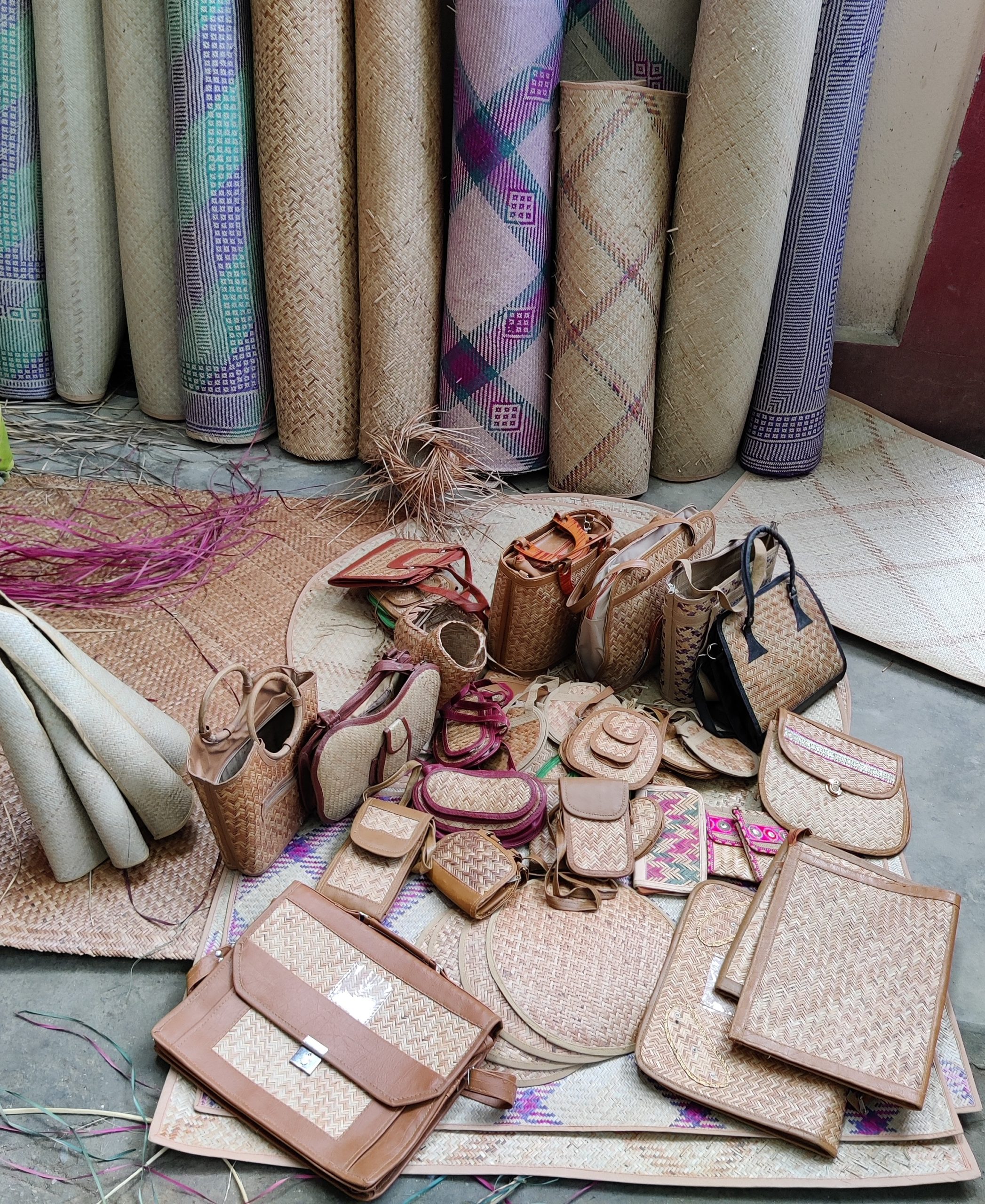
Even craftspersons feel their children should do something else, because it has turned out to be a stressful profession to hold on to, where government support and facilities are in short supply. Many complain they don’t get government support, like before, to take part in exhibitions. If things continue this way, it would sound the death-knell of the industry, for Shital Pati is a craft handed down generations.
The government used to, before COVID-19, conduct 14 state-level exhibitions every year, and through these exhibitions, the weavers would generate Rs 1 crore annually, said Roy of the District Industries Centre. However, the weavers allege that only select people got a chance to take part in these.
Officials say they chose people who created a range of products, but the weavers say they do not have the resources to do so. Like Rokhit, others also say the training centres do not function on a regular basis.
Surjakanta Bhowmik, who is 63 years old, and his wife Shyamala Bhowmik are the only Shital Pati weavers left in their family. Surjakanta has participated in training programmes conducted at the Samity. “We only weave mats, because that’s the only thing we can, with our limited resources. Government support shrunk and we can’t afford to participate in exhibitions on our own. I did attend a session on product diversification two years ago, but how can we equip ourselves in just one session, that too without any equipment?” he asked Gaon Connection.
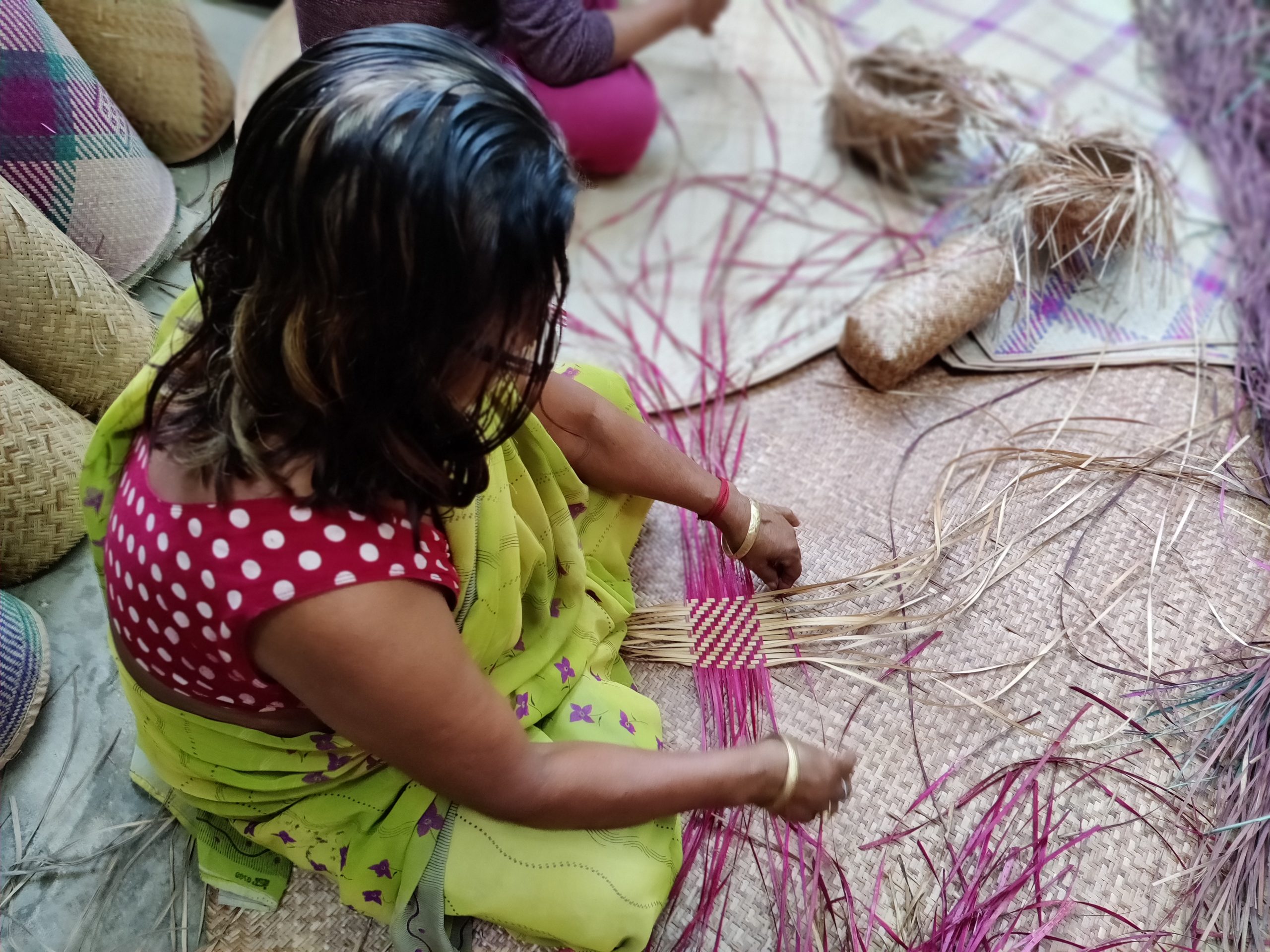
Lone woman standing
In a hall full of only male weavers, there’s just one woman — Gouri Chanda, who is 67 years old, the first woman from Ghughumari village to take Shital Pati craft to other parts of the country through various government exhibitions. Gouri smiles when recalling the golden days. “For my first district-level competition followed by a state exhibition, I was given a personal assistant to guide me, and my travel, stay and food were arranged. Insurance, goods’ security, and transport till the exhibition hall was taken care of. This system empowered us and gave us the confidence to sell our work to people from other states and even countries,” she told Gaon Connection.
However, these facilities were withdrawn over a decade ago, and many artisans stopped participating in exhibitions. “How can they? They don’t even have enough money to buy food in their own village. How can they afford a trip to another state?” asked Gouri, who also makes bags and curtains.
The weavers are upset at their struggle, because their life revolves around this craft. Gouri, and her late husband, for instance, won multiple state awards. “In our family, every person knows this craft. I learned the skill from my mother and was married into a weaver’s family. Back in those days, this craft was practised only by the Kayasth,” informed Gouri, who was the first in her family and the first woman from her village to take part in competitions.
In 1994, Gouri’s family cheered her on when she won a local competition and later, the state-level-contest in Kolkata. “I wove a purse of Shital Pati,” smiled the artisan, who later learnt to weave bags and laundry bags, dustbins, bangles and curtains too.
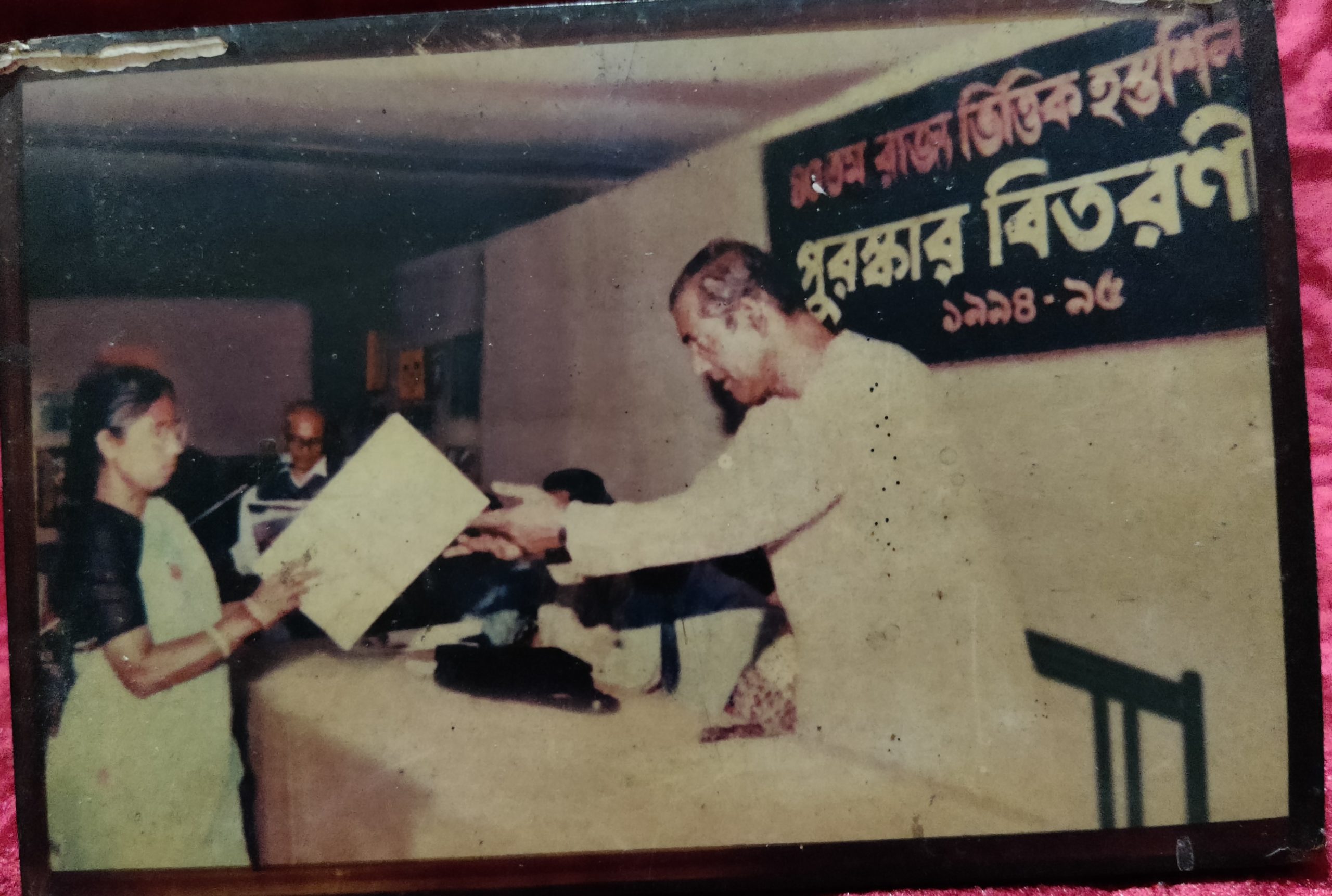
Carrying forward a tradition
In a departure from the norm, all of Gouri’s three daughters know weaving, but only Jayasree Chanda has taken over from her mother since the year 2000. “Every child is born to this craft in our village, and we are skilled by birth,” Jayasree told Gaon Connection. She dropped out of school in Class 10 to pursue weaving.
Jayasree has earlier attended expos in Bangladesh, China, Slovenia and Italy — the National Small Industries Corporation had arranged air tickets and exhibition stalls, but artisans had to take care of their food and accommodation. How many could have afforded that is a huge question. But they still went, as it opened up new markets for them. For instance, Jayasree and Chanda’s works have found homes in Delhi, Rajasthan, and even West Asia. At present, Jayasree is weaving mats to replace the old ones at the Rabindranath Tagore Memorial Hall in Mungpoo near Kalimpong.
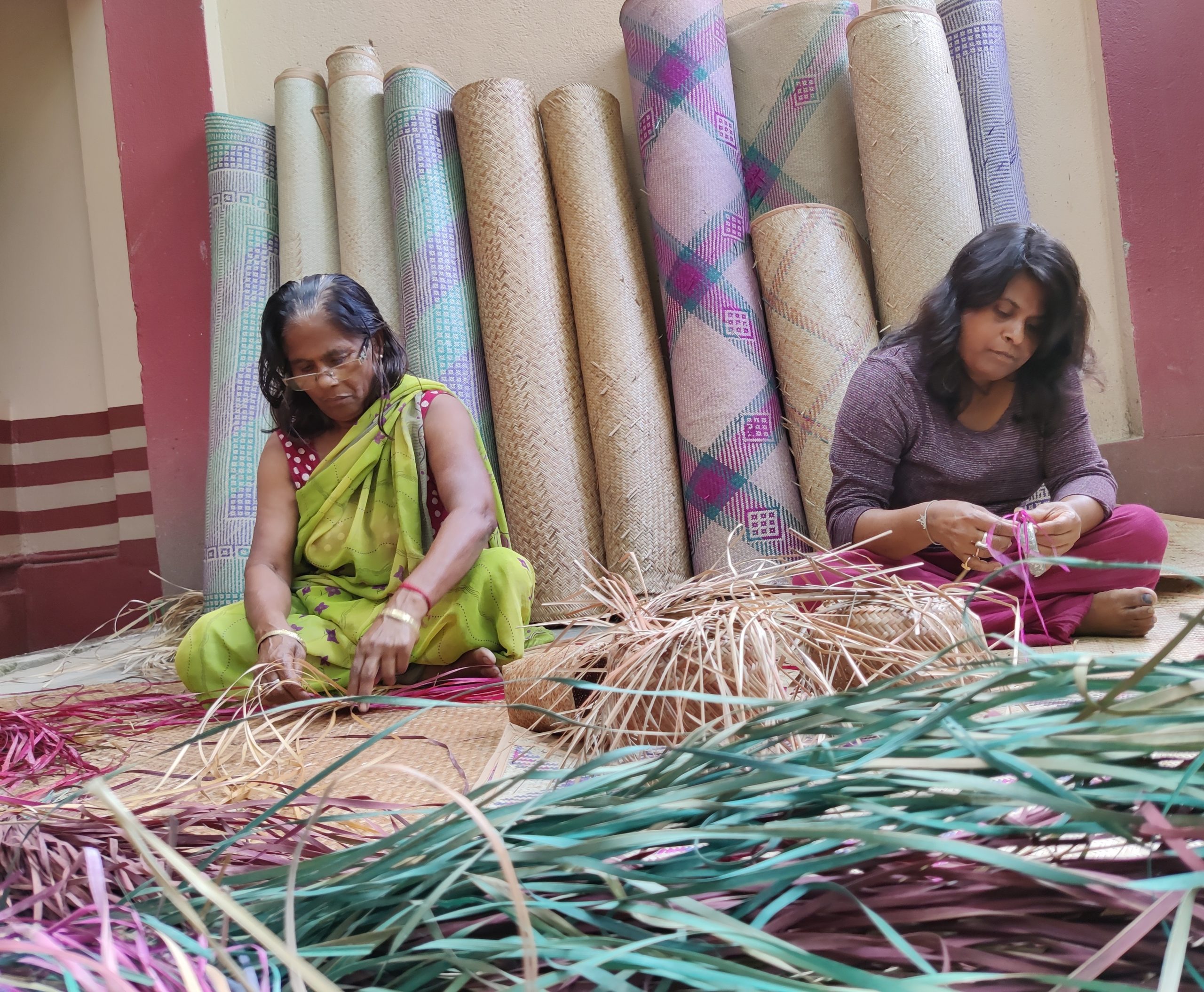
Though support for exhibitions has stopped, the government still financially handholds training programmes. And so, Jayasree has been teaching men and women from different parts of Bengal to weave. “The training programmes are organised through the central and state governments. Last year we had a batch from Bangladesh. Training is mostly held at our home, and I get batches of five or ten trainees. I get about twenty five thousand rupees to teach a batch and they get about five thousand to seven thousand rupees to learn the craft.”
This works well for both. Occasionally, through the district Krishi Bikash Shilpa Kendra, the women get some contract-based work too.

Tackling multiple threats
Shital Pati faces challenges not just from inexpensive Chinese mats, but also from the local market. Weavers say people often confuse Shital Pati with Madurkathi from Medinipur. “There’s a huge difference. Madurkathi is less expensive than Shital Pati. One can bend and roll Shital Pati because it is soft and flexible. You can’t do that with the Madurkathi,” explained Jayasree.
The high cost of Shital Pati is because everyone in the chain has to be paid a fair wage. “Humans are involved in every stage in Shital Pati. Madur mats are not completely natural as they require polyester thread to weave,” she explained.
While there were talks of setting up a weavers’ cluster in Ghughumari in 2012, that fell through. Jayasree is hopeful that if it materialises, it will not just create more employment opportunities, but also prevent children from leaving home for better opportunities.
“We have had several meetings recently and have submitted a proposal in June this year. To form a cluster, we need a minimum of 175 weavers, and we have more than that in Ghughumari and surrounding villages. Hopefully, this will happen soon,” said Roy.
Hope in sight
In 2020, the West Bengal government approved a proposal under the National Handicraft Development Programme. The National Institute of Design, Ahmedabad, was to conduct a training programme on design and development for the weavers of Ghughumari, so their products can meet international standards. However, COVID-19 put paid to those plans, said Tapas Kumar Roy.
“In June this year, we submitted a proposal to the state government to invest in a computerised double needle sewing machine for Shital Pati products. We have proposed 10 machines as of now, and the project costs three lakh rupees, because the right equipment will help weavers produce quality products,” Roy told Gaon Connection.
Despite the despondency, the weavers continue to explore options to make their craft financially viable. During the Rash Mela, an annual December fair in Cooch Behar, artisans and craftsmen exhibit and sell their products. “The District Shilpa Kendra puts up stalls for all artisans and craftsmen for fifteen days. We generate sales of thirteen lakh rupees, of which seven lakh rupees comes from Shital Pati,” said Roy.
The DIC plans to focus on marketing Shital Pati through Biswa Bangla, which helps craftspeople sell their work online — currently only 25 Shital Pati craftsmen are on board this platform.
If this takes shape, Shital Pati can travel places, and resume its hoary position among West Bengal’s craft traditions.

